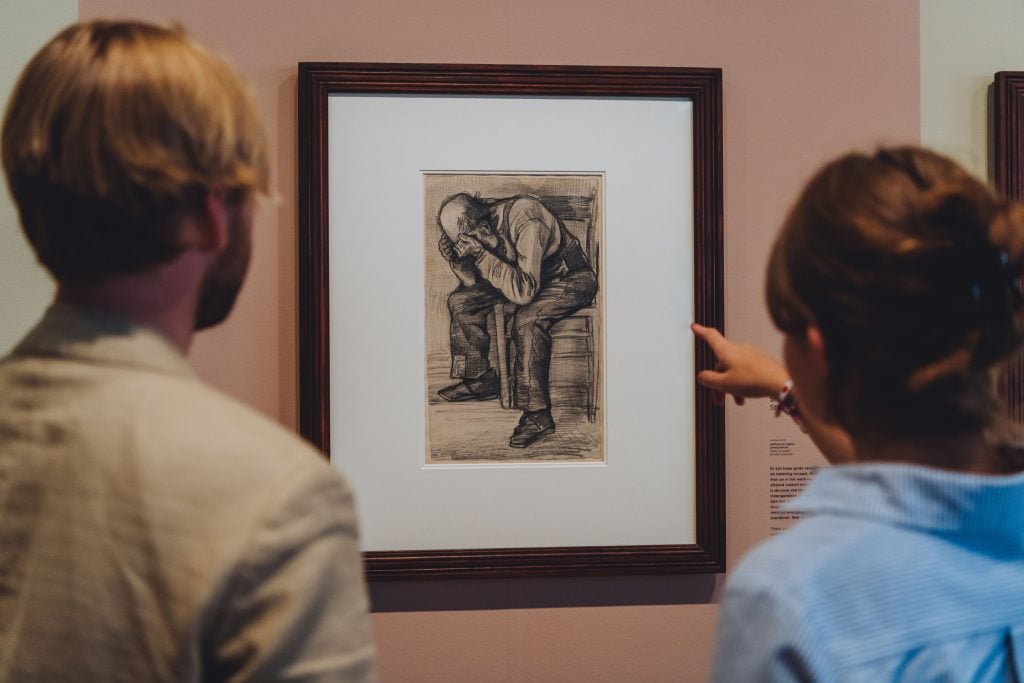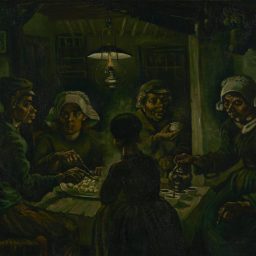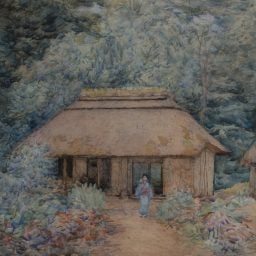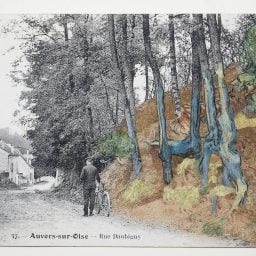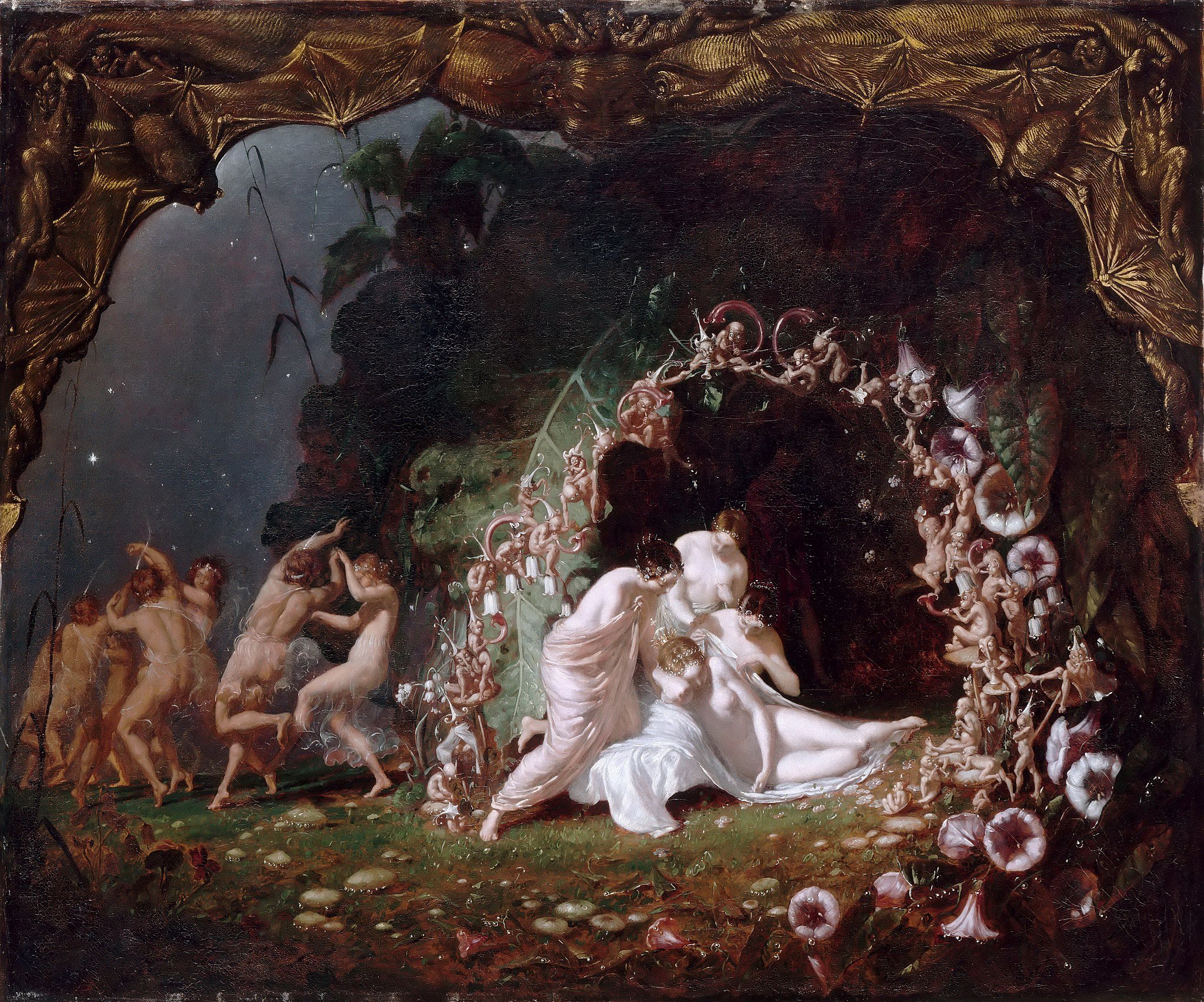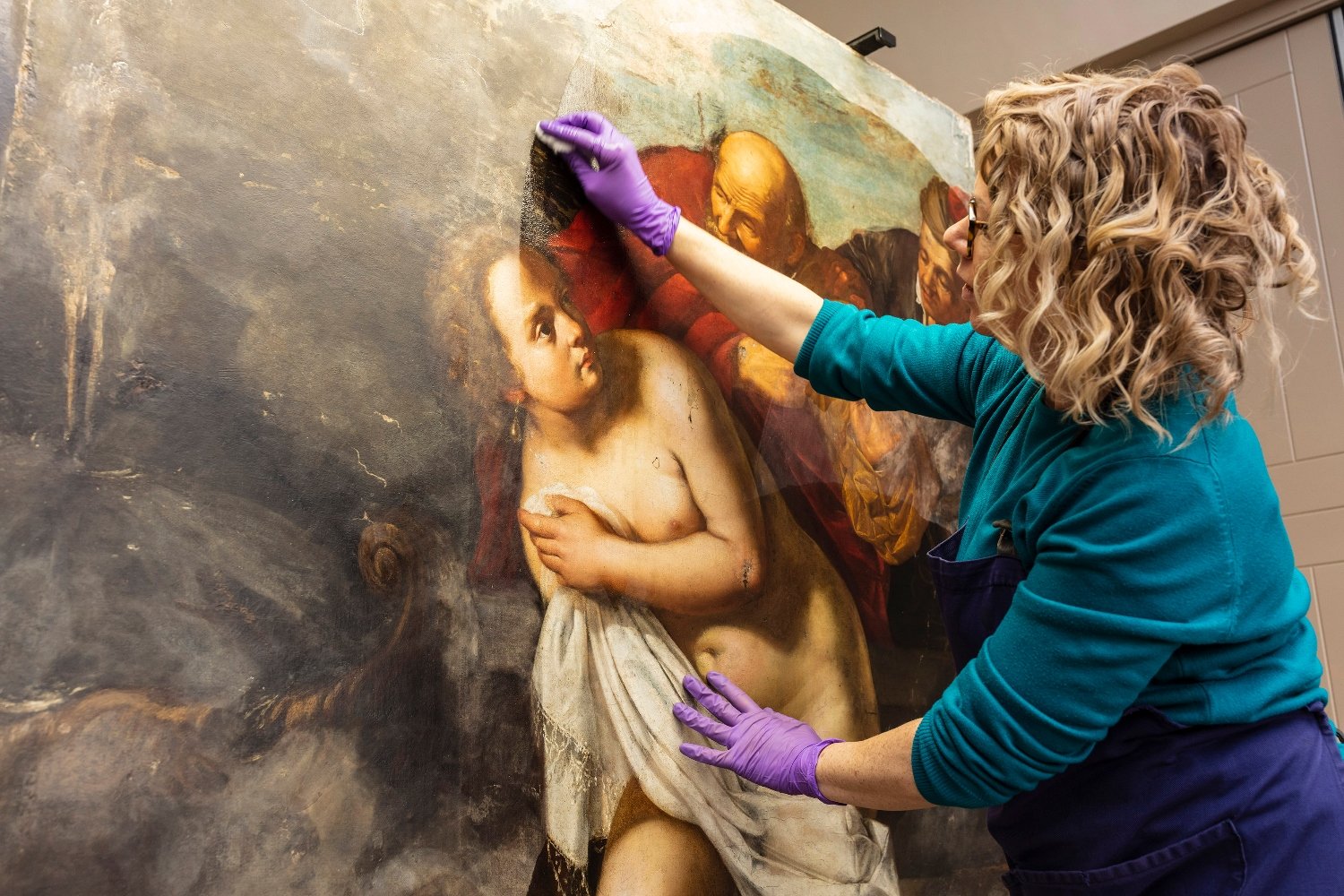It’s not often that a new artwork is added to the catalog of an artist who’s been dead for well over a century, but that’s just what happened today, as a recently rediscovered drawing was formally attributed to Vincent van Gogh.
Completed with pencil on paper in 1882, while the Dutch master was living in The Hague, the drawing depicts an enervated old man seated with his head in his hands. It’s thought to be a preliminary study for Van Gogh’s drawing Worn out, completed the same year.
The news of the discovery and attribution was announced in a press conference held by the Van Gogh Museum in Amsterdam, where the artwork now is on public display for the first time.
“It’s quite rare for a new work to be attributed to Van Gogh,” the institution’s director, Emilie Gordenker, said in a statement. “We’re proud to be able to share this early drawing and its story with our visitors.”
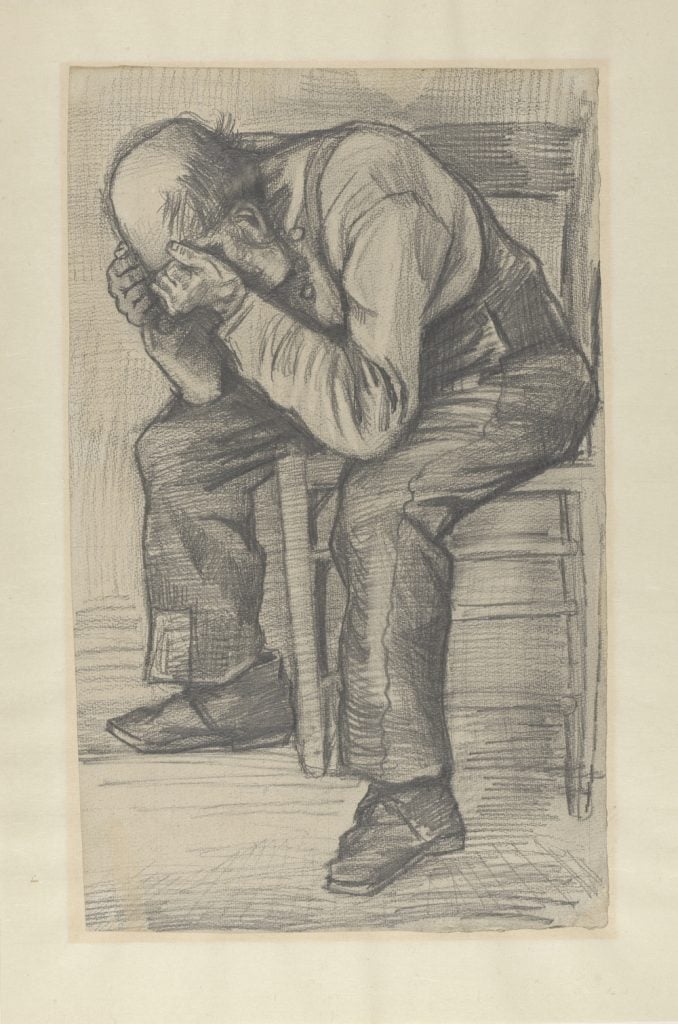
Vincent van Gogh, Study for ‘Worn out’ (1882). Courtesy of the Van Gogh Museum.
Study for ‘Worn out,’ as the drawing is being called, has lived in a private Dutch collection since the first decade of the 20th century. Its current owner, a descendent of the 1900s buyer whose identity was not revealed, approached the museum to determine if it was a legitimate Van Gogh.
Indeed it was. “In stylistic terms, it fits perfectly with the many figure studies we know from Van Gogh’s time in The Hague, and the connection with Worn out is obvious,” said Teio Meedendorp, a senior researcher at the museum.
The materials, Meedendorp explained, are all in line with what the artist used during this time: a thick carpenter’s pencil, watercolor paper, and a fixing agent made from a mix of water and milk. “There are traces of damage in the corners on the back of the drawing, which we can link to the way Van Gogh customarily attached sheets of paper to his drawing board using wads of starch,” he added.
Meedendorp wrote in detail about the drawing and its history for the October issue of the academic journal The Burlington Magazine.
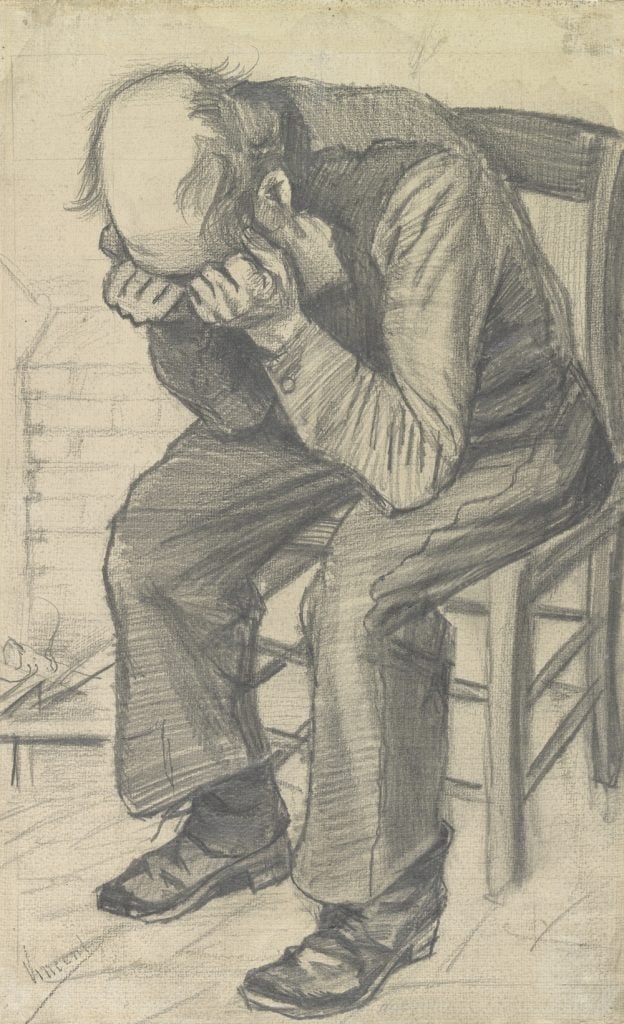
Vincent van Gogh, Worn out (1882). Courtesy of the Van Gogh Museum.
Adrianus Jacobus Zuyderland was the name of the model upon which Worn out and its study are based, according to the researcher. The man, a local laborer, was a favorite subject of Van Gogh’s, and the artist would go on to draw him more than 40 times. Zuyderland served as the basis for the well-known drawings At eternity’s gate and Sorrowful old man (both 1882) as well.
Though the dates for many of Van Gogh’s drawings completed during his days in The Hague are hard to pin down, that’s not the case for Worn out and its preceding sketch. Van Gogh referenced the artworks in a letter to his brother, Theo, in a letter dated November 24, 1882. “Today and yesterday I drew two figures of an old man with his elbows on his knees and his head in his hands,” the artist wrote. “What a fine sight an old working man makes, in his patched bombazine suit with his bald head.”
On display at the Van Gogh Museum through January 2, 2022, Study for ‘Worn out’ is presented alongside the final finished drawing, as well as other artworks from the institution’s permanent collection.
“Showing Study for ‘Worn out’ in the context of these other works offers us a special insight into Van Gogh’s working process,” said Meedendorp. “What’s more, the study is a very fine, powerful drawing that stands up entirely on its own.”
Follow Artnet News on Facebook:
Want to stay ahead of the art world? Subscribe to our newsletter to get the breaking news, eye-opening interviews, and incisive critical takes that drive the conversation forward.
